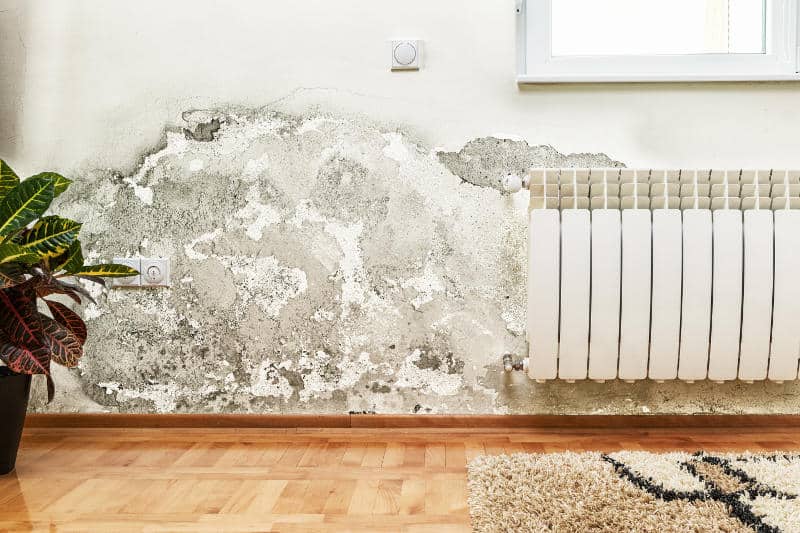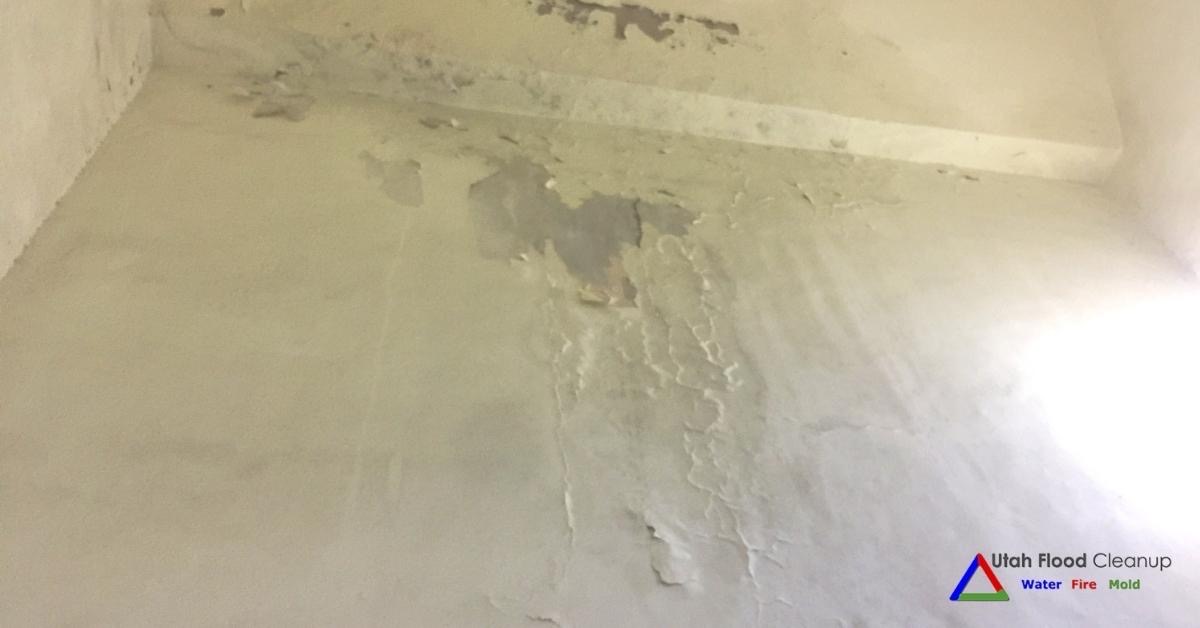Surface Leak Locating and Address - A Detailed Handbook
Surface Leak Locating and Address - A Detailed Handbook
Blog Article
The publisher is making several good annotation relating to Water Stains on Walls overall in the content directly below.

Water discolorations on wall surfaces are not enjoyable to the eyes. Your residence must lack spots on the wall surfaces, roofing system, or floorings. That is the optimal state of a residence and also its structures. Yet, occasionally it seems nearly unavoidable to experience water spots on walls in homes.
House owners staying in moist areas frequently manage the fear of water stains on wall surfaces. However that doesn't have to be the case for you. With exact and well-rounded details on the sources of water discolorations and also timely repair service processes, you will always be a step ahead of such events. So, this write-up assures to be a handy overview for you.
3 Typical Causes of Water Discolorations on Walls
Contrary to common belief, water stains on walls do not constantly originate from bad building materials. There are several causes of water stains on wall surfaces. These consist of:
Wet
When warm damp air meets with dry cool air, it creates water beads to form on the walls of buildings. This happens in kitchens and bathrooms when there is heavy steam from cooking or showers. The water beads can discolor the surrounding walls in these parts of your residence as well as infect various other areas.
Wet or condensation affects the roofing system as well as wall surfaces of structures. When the wall surface is wet, it produces an appropriate atmosphere for the development of microorganisms as well as fungis.
Poor Drain
When making a structure strategy, it is essential to guarantee appropriate water drainage. This will certainly prevent water from seeping into the wall surfaces. Where the water drainage system is obstructed or missing, below ground moisture builds up. This links to excessive wetness that you observe on the wall surfaces of your structure.
The leading cause of damp walls, in this case, can be a poor drain system. It can likewise be because of bad monitoring of sewer pipes that run through the building.
Pipe Leaks
Most homes have a network of water pipes within the walls. It always increases the viability of such pipelines, as there is little oxygen within the wall surfaces.
Yet, a disadvantage to this is that water leak impacts the walls of the structure as well as triggers widespread damage. A telltale sign of damaged pipelines is the appearance of a water stain on the wall surface.
Pro Pointer
A houseplant in your house likewise boosts its humidity. If the house is currently moist, you might want to present houseplants with marginal transpiration. An example of suitable houseplants is succulents.
Water Discolorations on Wall: Repair Tips
When dealing with water discolorations, property owners would generally desire a quick solution. Yet, they would certainly soon understand this is detrimental as the water stains reoccur. So, here are a couple of useful suggestions that will certainly guide you in the repair of water stains on walls:
Conclusion
No one wants to have water stains on walls in their residence, it can happen to the finest of us. This post offers you leverage, as you now understand exactly how to manage this mishap if it does occur.
It is always best to hire specialist solutions to help repair the damages in your house.
Occasionally it appears almost inevitable to experience water spots on wall surfaces in residences.
Contrary to popular idea, water discolorations on wall surfaces do not always stem from poor building materials. There are a number of reasons of water spots on wall surfaces. The water beads can discolor the bordering walls in these parts of your residence and also spread to various other locations.
Below are a couple of practical pointers that will certainly lead you in the fixing of water stains on wall surfaces:
How to Remove Water Stains From Your Walls Without Repainting
The easy way to get water stains off walls
Water stains aren’t going to appear on tile; they need a more absorbent surface, which is why they show up on bare walls. Since your walls are probably painted, this presents a problem: How can you wash a wall without damaging it and risk needing to repait the entire room?
According to Igloo Surfaces, you should start gently and only increase the intensity of your cleaning methods if basic remedies don’t get the job done. Start with a simple solution of dish soap and warm water, at a ratio of about one to two. Use a cloth dipped in the mixture to apply the soapy water to your stain. Gently rub it in from the top down, then rinse with plain water and dry thoroughly with a hair dryer on a cool setting.
If that doesn’t work, fill a spray bottle with a mixture of vinegar, lemon juice, and baking soda. Shake it up and spray it on the stain. Leave it for about an hour, then use a damp cloth to rub it away. You may have to repeat this process a few times to get the stain all the way out, so do this when you have time for multiple hour-long soaking intervals.
How to get water stains out of wood
Maybe you have wood paneling or cabinets that are looking grody from water stains too, whether in your kitchen or bathroom. Per Better Homes and Gardens, you have a few options for removing water marks on your wooden surfaces.
You can let mayonnaise sit on your stain overnight, then wipe it away in the morning and polish your wood afterward. You can also mix equal parts vinegar and olive oil and apply to the stain with a cloth, wiping in the direction of the grain until the stain disappears. Afterward, wipe the surface down with a clean, dry cloth. Try placing an iron on a low heat setting over a cloth on top of the stain. Press it down for a few seconds and remove it to see if the stain is letting up, then try again until you’re satisfied. (Be advised that this works best for still-damp stains.) https://lifehacker.com/how-to-remove-water-stains-from-your-walls-without-repa-1849742925

I discovered that article on Indicators of Water Damage Behind Walls while doing a lookup on the web. Be sure to take the time to share this post if you appreciated it. Thanks a lot for your time. Visit again soon.
Excellence in emergency plumbing services. Report this page